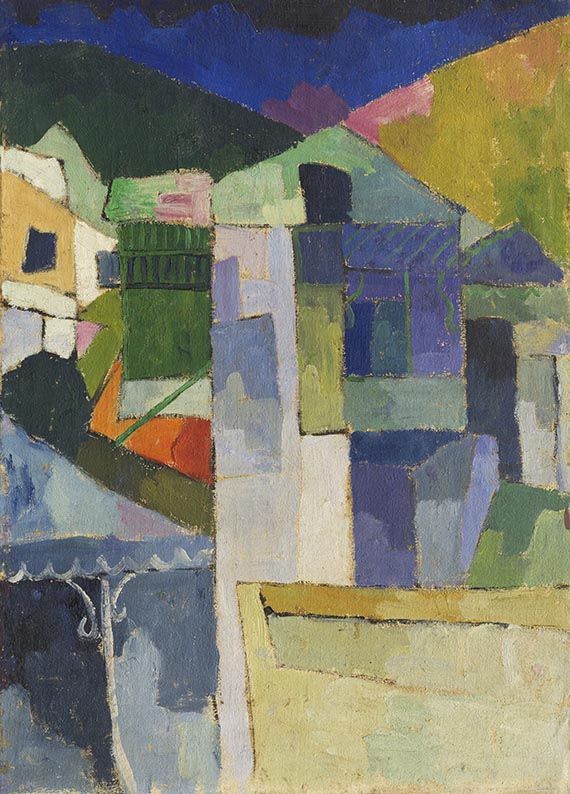Dictionary


School of Fontainebleau
The School of Fontainebleau refers a kind of European mannerism, which can be linked temporally, spatially and stylistically. King Francois I’s decision to make Chateau Fontainebleau near Paris his main residence in 1527-28, was accompanied by extensive, predominantly décor and interior renovations. In order to realise his aims, the King invited Italian artists to France, who combined Italian mannerism with French influences. The main representatives of the first school of Fontainebleau (1530-70) are Rosso Fiorentino (1494-1540) and Primaticcio (1504-70). Rosso’s masterpiece was the grand "Grande Gallery", which he decorated with wall paintings, incrusted jewels, wood and stucco.
The second school of Fontainebleau was established between 1590 and 1610/20. The artists no longer came from Italy, but rather, primarily from Flanders, the Netherlands, and France. A large number of the artists remained anonymous. Well-known representatives include Ambroise Dubois, Antoine Caron and Toussaint Dubreuil. Biblical subjects were not part of the School’s repertoire. Instead, artists focussed on mythological, and often erotic topics.
Typical stylistic features include the elongated proportions characteristic of mannerism, a subdued palate, bright flesh colours and clear lines. The knee-length, frequently bare-breasted female subjects are often framed by a raised brocade curtain, which provides intimate views. These images nonetheless project a strange, prudish emotionality, which is underlined in the cool eroticism of the mannered gestures. The style became popular in France and Northern Europe, where etchings and tapestries were executed in the Fontainebleau style. It did not, however, take off in Italy.
The School of Fontainebleau refers a kind of European mannerism, which can be linked temporally, spatially and stylistically. King Francois I’s decision to make Chateau Fontainebleau near Paris his main residence in 1527-28, was accompanied by extensive, predominantly décor and interior renovations. In order to realise his aims, the King invited Italian artists to France, who combined Italian mannerism with French influences. The main representatives of the first school of Fontainebleau (1530-70) are Rosso Fiorentino (1494-1540) and Primaticcio (1504-70). Rosso’s masterpiece was the grand "Grande Gallery", which he decorated with wall paintings, incrusted jewels, wood and stucco.
The second school of Fontainebleau was established between 1590 and 1610/20. The artists no longer came from Italy, but rather, primarily from Flanders, the Netherlands, and France. A large number of the artists remained anonymous. Well-known representatives include Ambroise Dubois, Antoine Caron and Toussaint Dubreuil. Biblical subjects were not part of the School’s repertoire. Instead, artists focussed on mythological, and often erotic topics.
Typical stylistic features include the elongated proportions characteristic of mannerism, a subdued palate, bright flesh colours and clear lines. The knee-length, frequently bare-breasted female subjects are often framed by a raised brocade curtain, which provides intimate views. These images nonetheless project a strange, prudish emotionality, which is underlined in the cool eroticism of the mannered gestures. The style became popular in France and Northern Europe, where etchings and tapestries were executed in the Fontainebleau style. It did not, however, take off in Italy.
Offers
Headquarters
Joseph-Wild-Str. 18
81829 Munich
Phone: +49 89 55 244-0
Fax: +49 89 55 244-177
info@kettererkunst.de
Louisa von Saucken / Undine Schleifer
Holstenwall 5
20355 Hamburg
Phone: +49 40 37 49 61-0
Fax: +49 40 37 49 61-66
infohamburg@kettererkunst.de
Dr. Simone Wiechers / Nane Schlage
Fasanenstr. 70
10719 Berlin
Phone: +49 30 88 67 53-63
Fax: +49 30 88 67 56-43
infoberlin@kettererkunst.de
Cordula Lichtenberg
Gertrudenstraße 24-28
50667 Cologne
Phone: +49 221 510 908-15
infokoeln@kettererkunst.de
Hessen
Rhineland-Palatinate
Miriam Heß
Phone: +49 62 21 58 80-038
Fax: +49 62 21 58 80-595
infoheidelberg@kettererkunst.de
We will inform you in time.




